 |
Comet Panstarrs C/2014 S2 in Draco the Dragon. Nov 30, 2015.
Photo Credit: Robert Mueller
|
 |
Comet Lovejoy 2014 Q2 movement over a 4 day period as it passes
double star 35 Cas.
Photo Credit: J D Maddy |
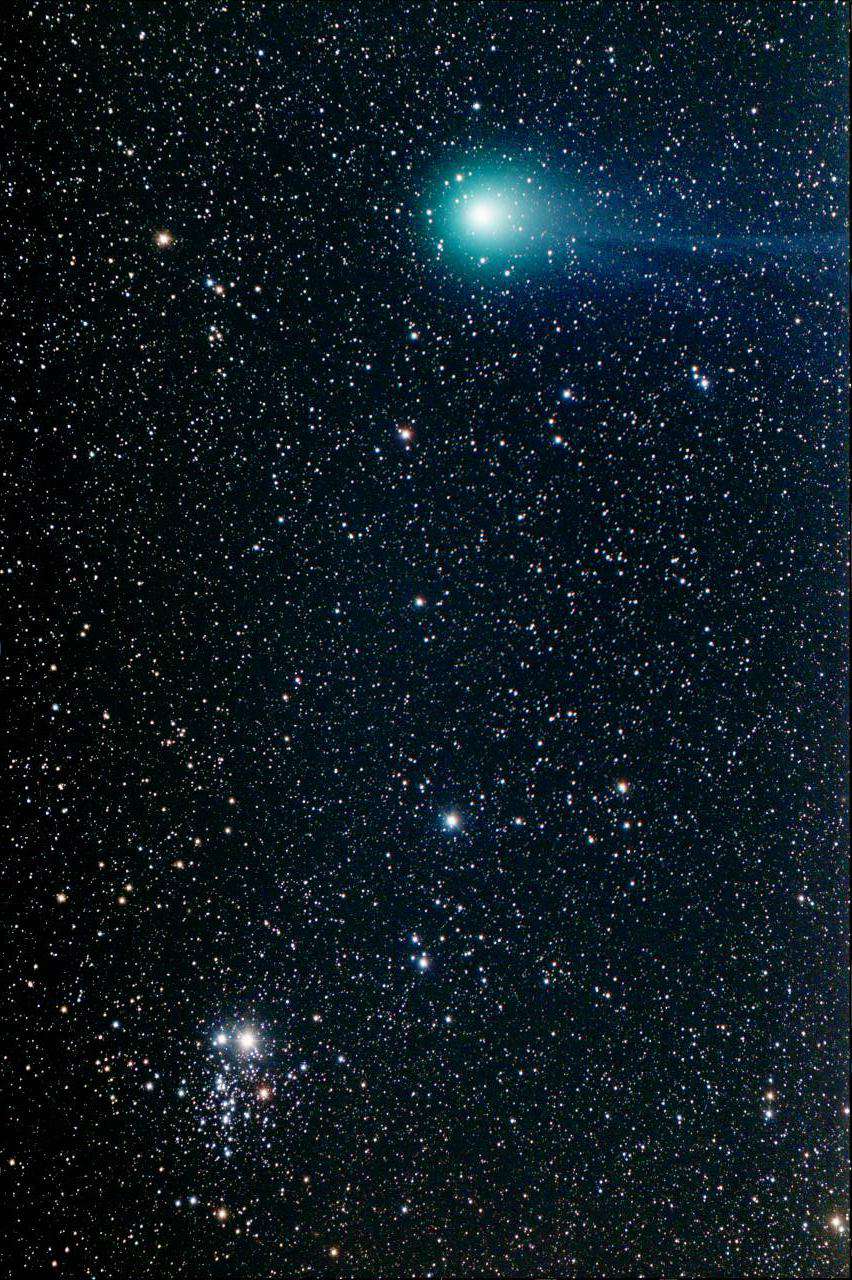 |
Comet Lovejoy 2014 Q2 as it passes NGC 457, the Owl or ET Cluster
in Cassiopeia.
Photo Credit: J D Maddy |
 |
Comet Lovejoy 2014 Q2 movement over a 4 day period as it passes
double star 35 Cas.
Photo Credit: J D Maddy |
 |
Comet Lovejoy 2014 Q2. A solar coronal mass ejection disrupts the
long tail of the comet.
Photo Credit: Robert Mueller |
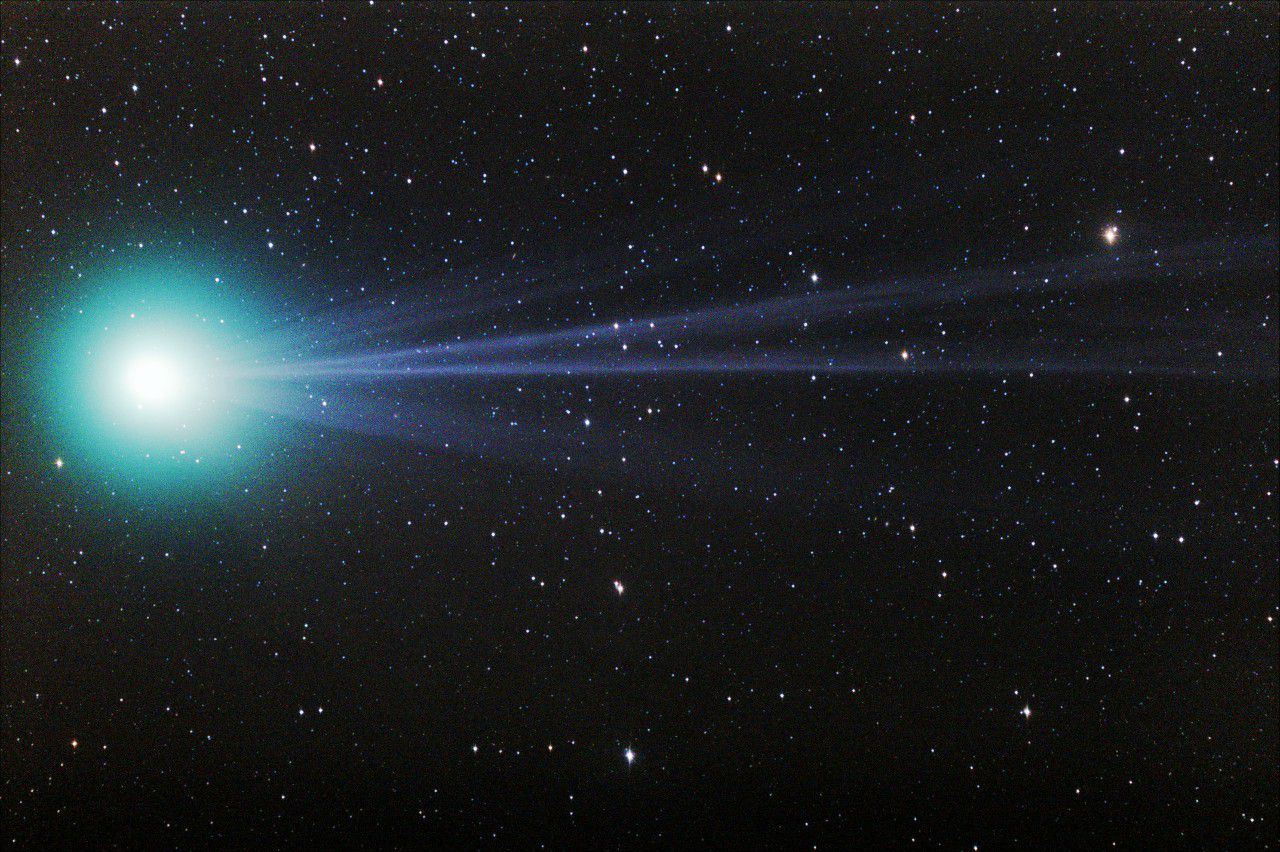 |
Comet Lovejoy 2014 Q2 on January 18th, 2015.
Photo Credit: J D Maddy |
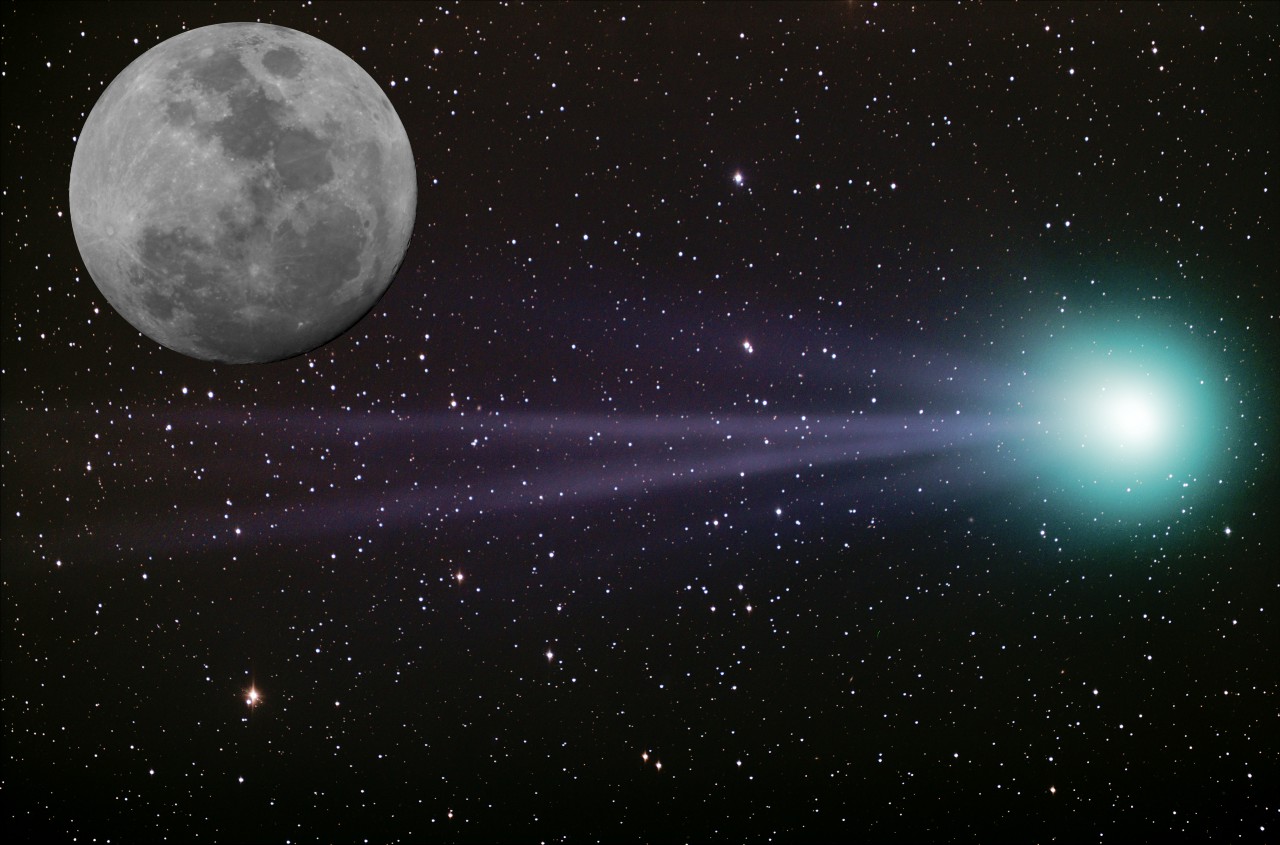 |
Size comparison of Comet Lovejoy 2014 Q2 and the Moon. The tail
of the comet is several degrees in length
Photo Credit: J D Maddy |
 |
Comet Lovejoy 2014 Q2 as it passes M79 in the constellation of
Lepus, the Hare.
Photo Credit: J D Maddy |
 |
After 10 months, Nova Delphinus can still be seen telescopically.
It may fade beyond its original 16 magnitude glow.
Photo Credit: J D Maddy |
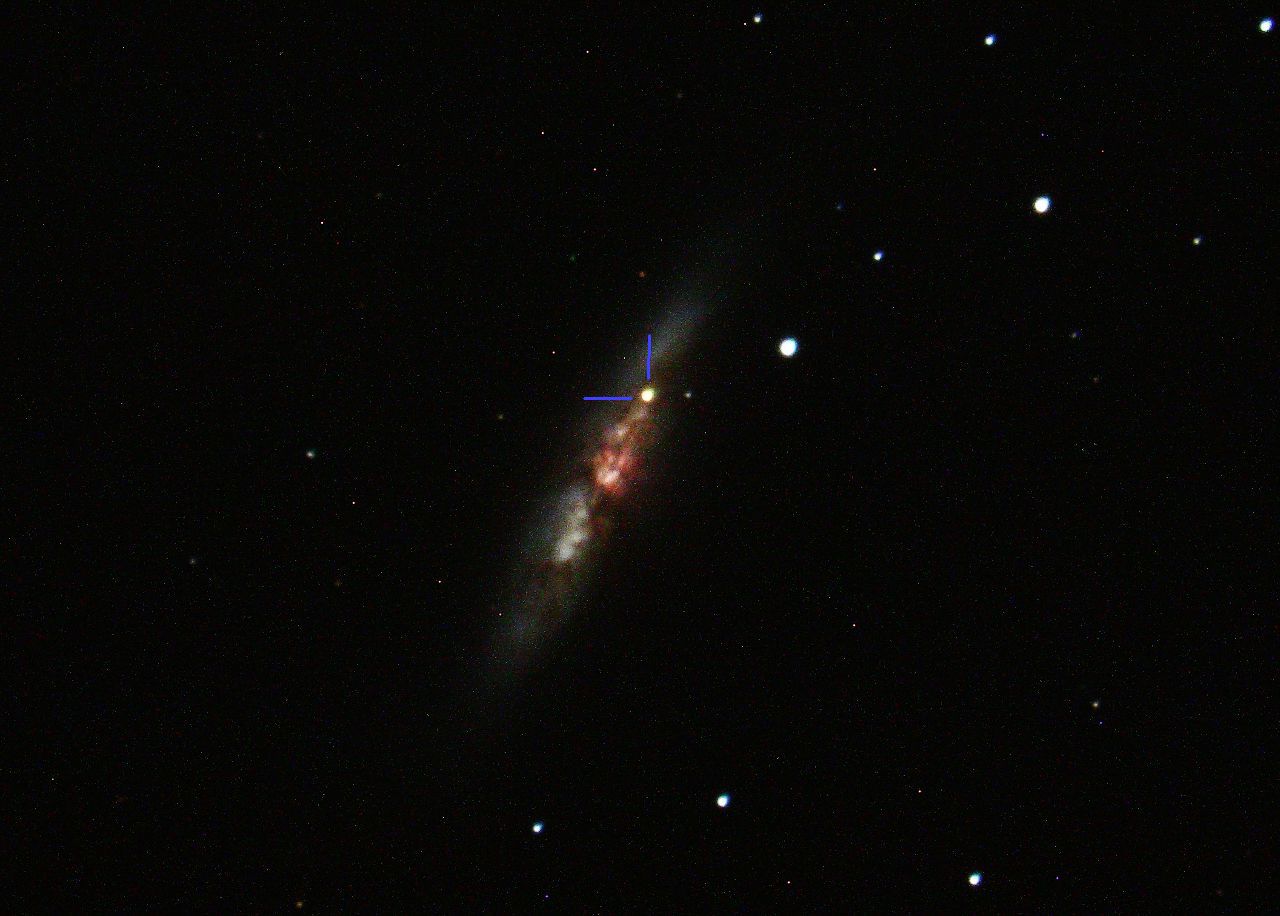 |
A Super Nova in the galaxy called M83 or the Cigar Galaxy is
easily seen in small amateur telescopes. This galaxy is about 20 million light
years away in the constellation of Ursa Major, the Big Dipper.
Photo Credit: J D Maddy |
 |
Comet LINEAR 2012/X1 as it cruises by the small globular cluster
NGC 2419 on Feb 26th, 2014.
Photo Credit: J D Maddy |
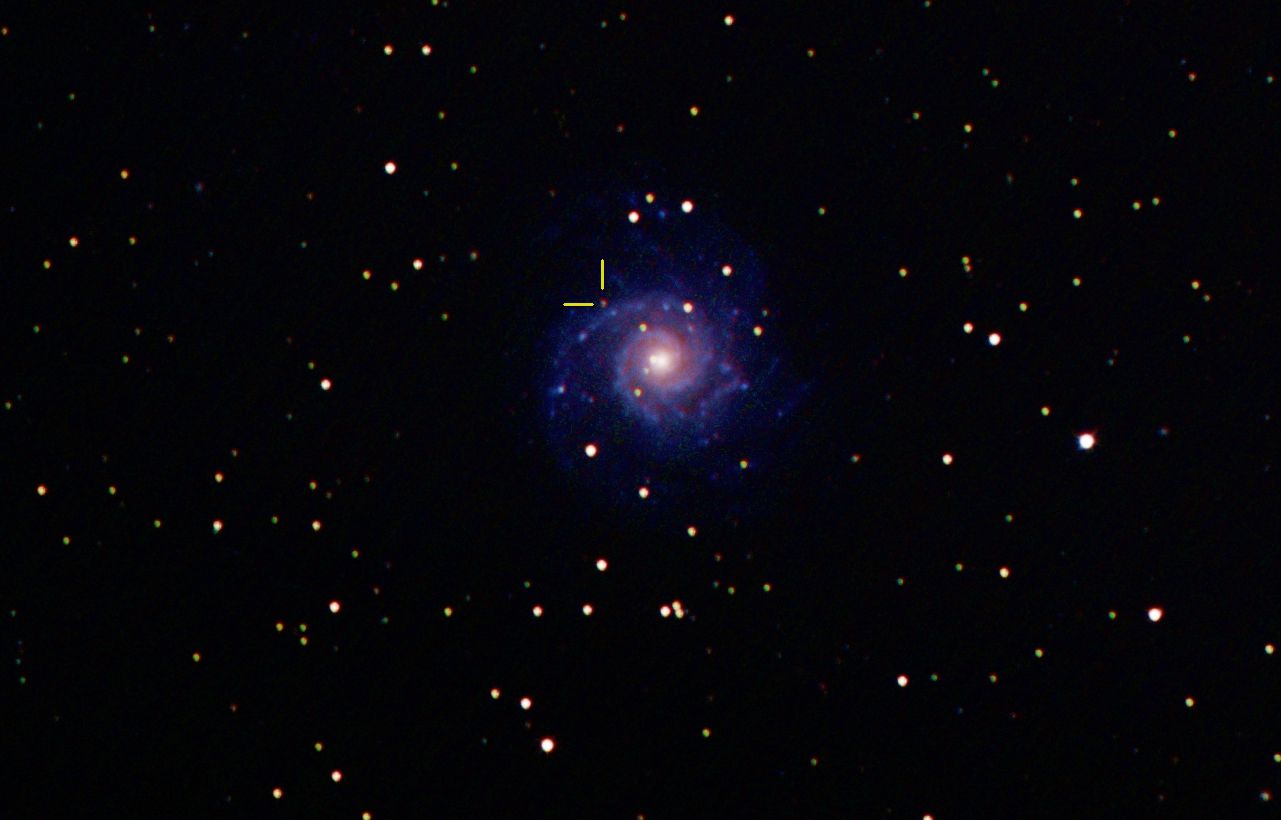 |
Another Super Nova is discovered in the Messier galaxy called
M74. Taken on January 1st, 2014.
Photo Credit: J D Maddy |
 |
Comet Lovejoy C2013 R1 as it leaves the constellation Hercules on
January 13th, 2014.
Photo Credit: J D Maddy |
 |
Comet Linear C/2012 X1 on January 13th, 2014 as it cruises thru
the constellation Ophiuchus. It will meet up with Comet Lovejoy from above on
February 4th, 2014.
Photo Credit: J D Maddy |
 |
The new year has Nova Delphini holding at magnitude 10.5.
Photo Credit: J D Maddy |
 |
A nova was also discovered in the Messier object M74 just before
Nova Delphini. This is a super nova class object about 30 million light years
away in the constellation of Pisces.
Photo Credit: J D Maddy |
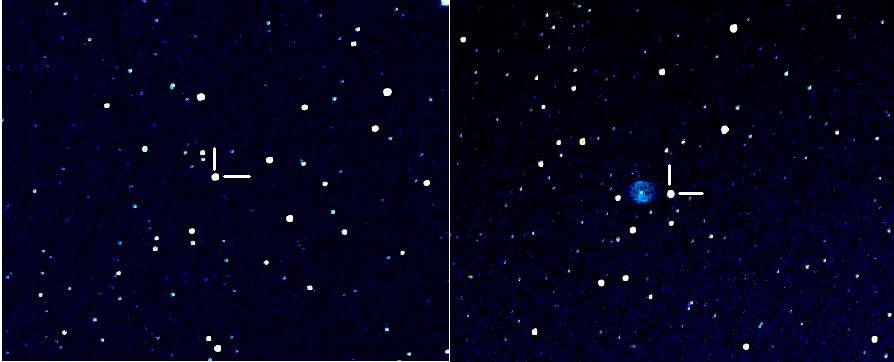 |
On November 17th, 2013, the Nova in Delphinus seems to be holding
at magnitude 10.5 after blowing up on August 14th, 2013. The small blue ball is
NGC 6905, a planetary nebula nearby. The star by the nebula is the comparison
star for magnitude.
Photo Credit: J D Maddy |
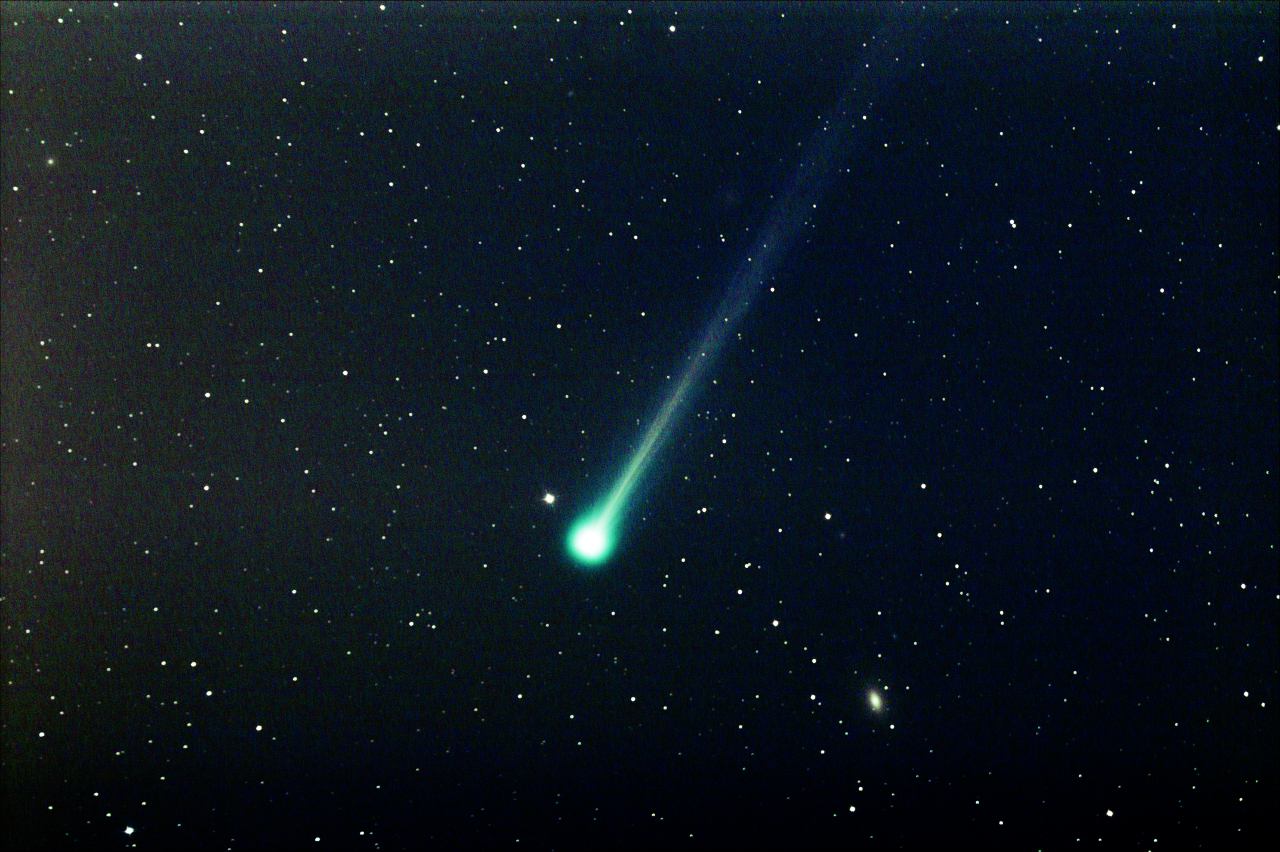 |
Comet ISON is brightening as it approaches the Sun, but will be
tougher to see in the glow of Sun rise. This was taken on Nov 14th 2013 just
before dawn.
Photo Credit: J D Maddy |
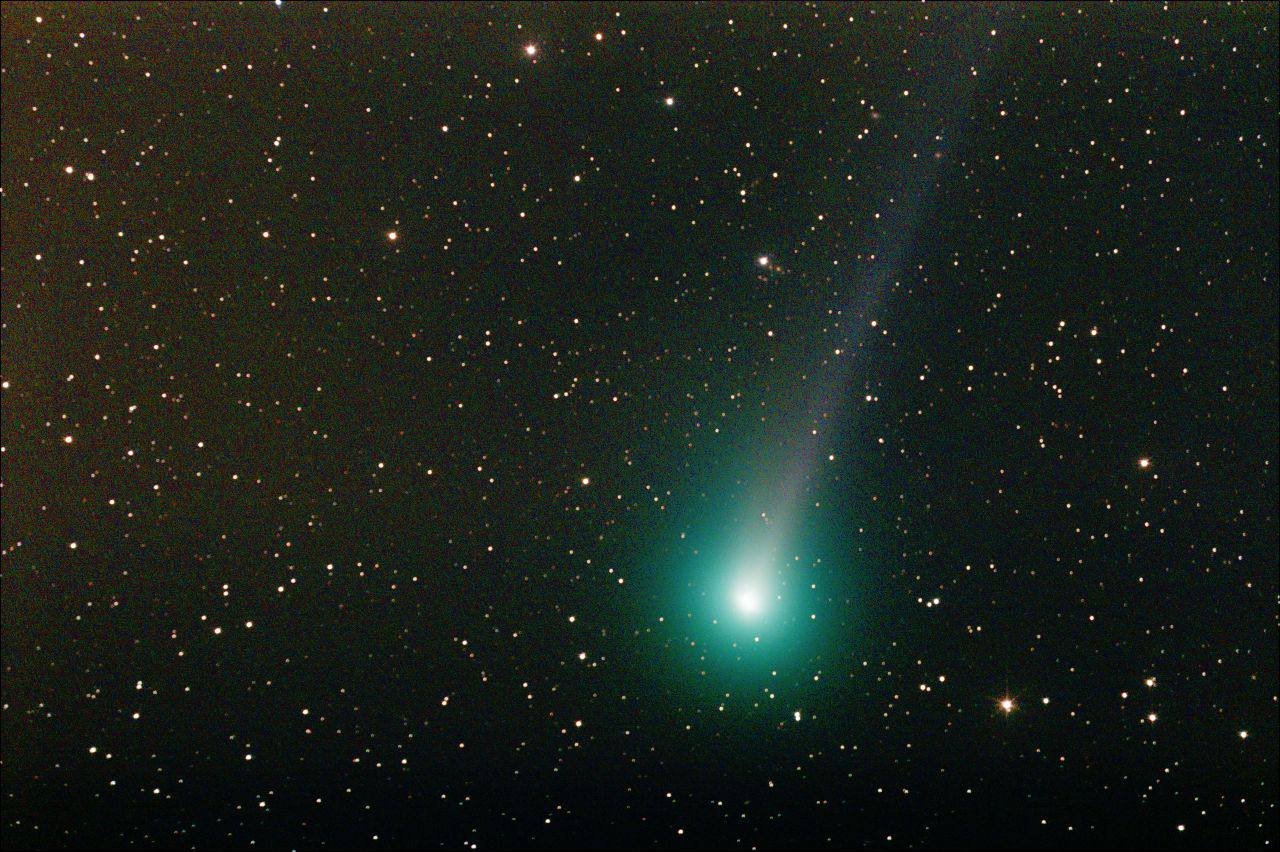 |
Comet Lovejoy R1 2013 has been high in the sky before Sun rise
the past few weeks. This picture was taken the morning of November 12th, 2013.
Click the below link for a video of 4 hour movement.
http://youtu.be/gZ5eSB9rlH4
Photo Credit: J D Maddy |
 |
A new nova in the Milky Way in the constellation Delphinus was
discovered on August 14, 2012 by amateur astronomer Koichi Itagaki. Within 48
hours, the nova had increased in brightness over 1 million times and was able to
be seen with the naked eye. The small planetary nebula NGC 6905 in the
above picture is a star that exploded off its outer shell of hydrogen, but
didn't have enough mass or energy to go nova or supernova. Click the above
picture for a larger view.
Photo Credit: J D Maddy |
 |
Update on the Nova in Delphinus on October 28th. The Nova has
held steady for the past week at a magnitude of about 10.5.
Photo Credit: J D Maddy |
 |
Finder chart for Nova Delphini 2013. Click the picture for a
larger view.
Photo Credit: J D Maddy |
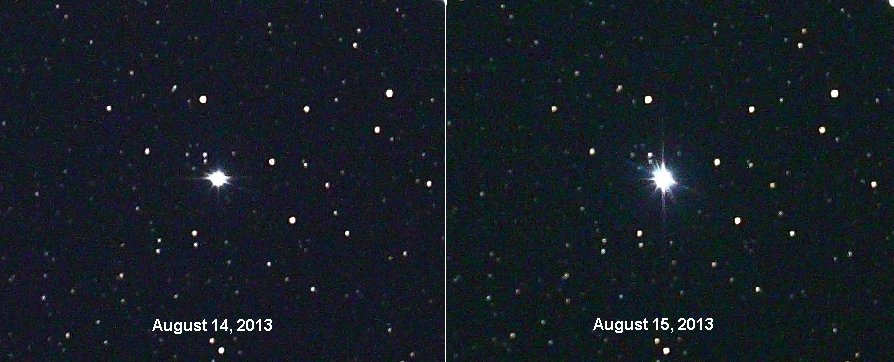 |
Day 1 and Day 2 of the nova in Delphinus. The nova brightened to
naked eye view on Day 2.
Photo Credit: J D Maddy |
 |
Day three shows the nova decreased a bit in brightness, but it is
still naked eye visible.
Photo Credit: J D Maddy |
 |
Magnitude comparisons to nearby stars show the nova at magnitude
5.0. This comparison was made on August 16th.
Photo Credit: J D Maddy |

 |
Magnitude comparisons on the morning of August 12th show the nova
holding steady at magnitude 5.0.
Photo Credit: J D Maddy |
 |
Comet Lemmon C/2012 F6 is an early morning site shown here on
July 1st, 2013 passing the open cluster NGC 7789.
Photo Credit: J D Maddy |
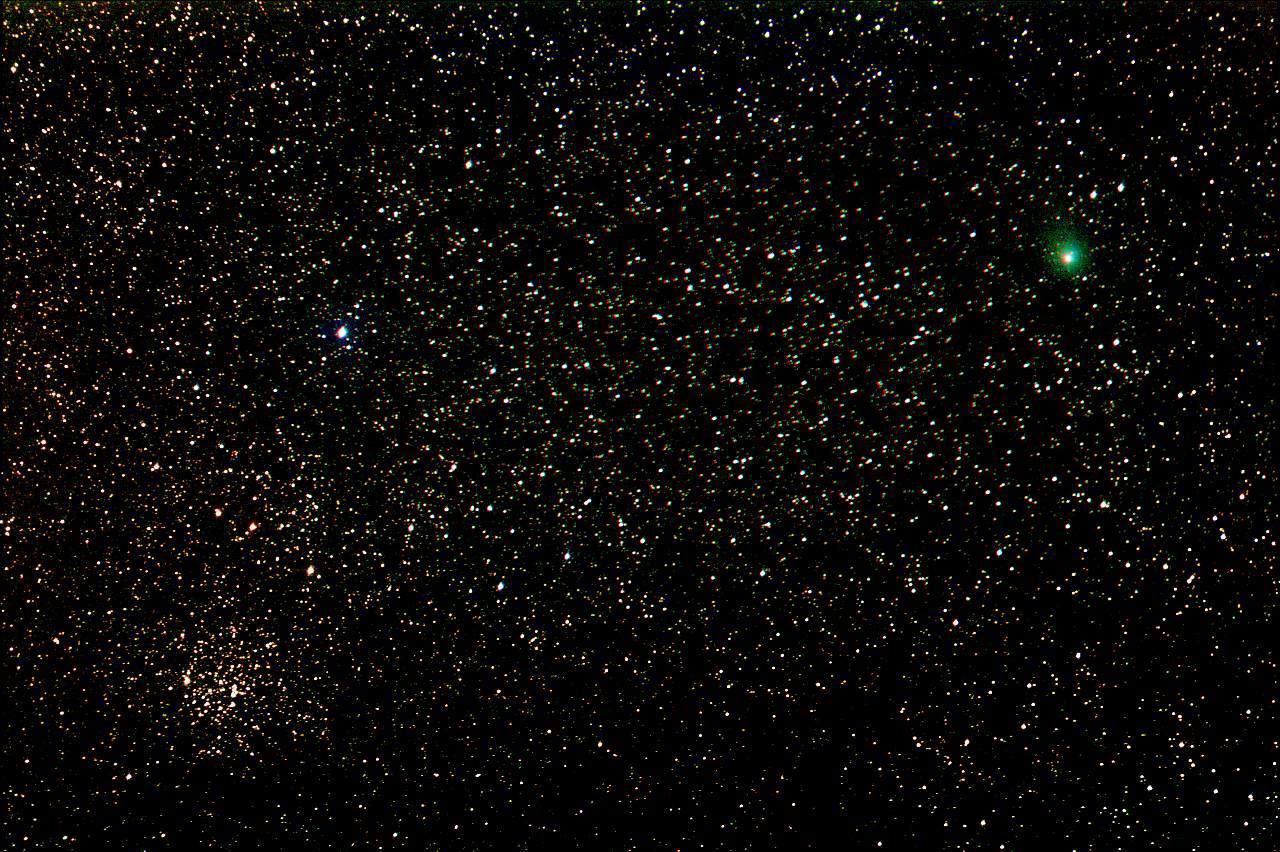 |
Comet Lemmon C/2012 F6 nears the open cluster Messier 52, or M52
in the constellation Cassiopeia on the morning of July 10th, 2013.
Photo Credit: J D Maddy |
 |
Comet Lemmon C/2012 F6 makes a very unique conjunction, or
alignment with M52 and the Bubble Nebula (NGC 7635) on July 15th, 2013
Photo Credit: J D Maddy |
 |
Comet Lemmon C/2012 F6 is an early morning site shown here on
June 18th, 2013.
Photo Credit: J D Maddy |
 |
Comet Lemmon on June 20th. Note the two small stars by the Comet.
In the above picture, the stars were to the left of the image. This shows how
slow comets can move thru the sky. Click on the picture to see a full view.
Small galaxies are circled. The comet is leaving the constellation of Andromeda
on this date.
Photo Credit: J D Maddy |
 |
Comet Panstarrs makes a pass by a small galaxy PGC 52341 as it
fades on July 30, 2013.
Photo Credit: J D Maddy |
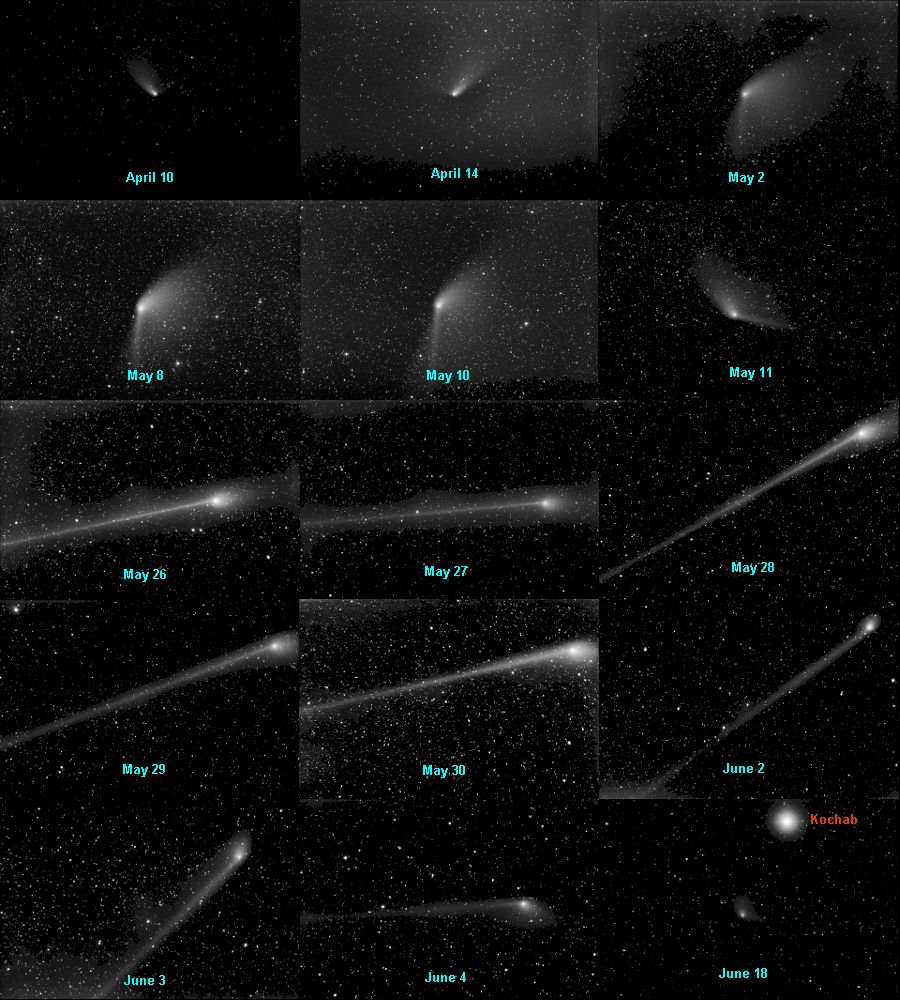 |
Comet Panstarrs 2011 L4 has been going thru changes on its path
around our night skies. Click on the picture to see a full size montage.
Photo Credit: J D Maddy |
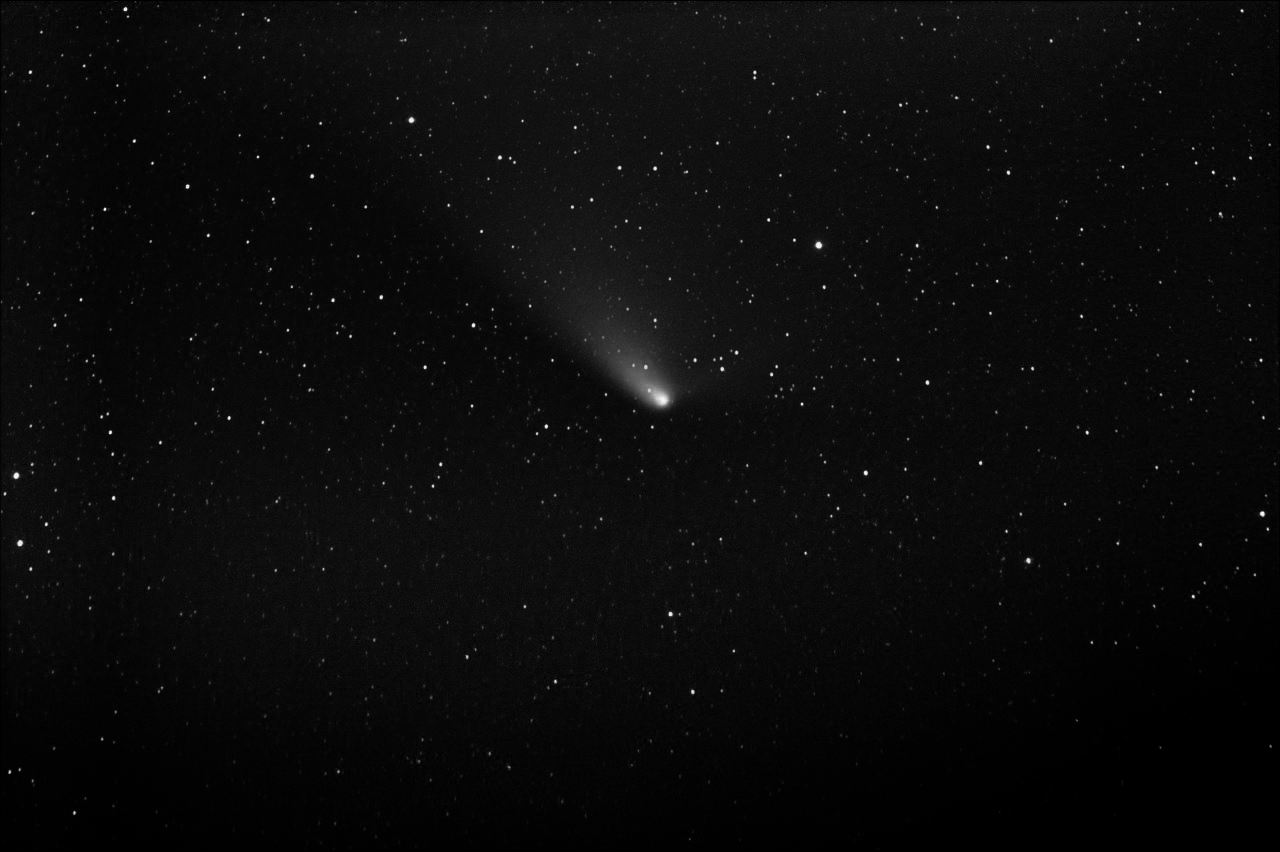 |
After Comet Panstarrs 2011 L4 rose out of the Sun's glare, it
started heading north and was an easier site when it entered dark skies. This
picture was from April 10th, 2013.
Photo Credit: J D Maddy |
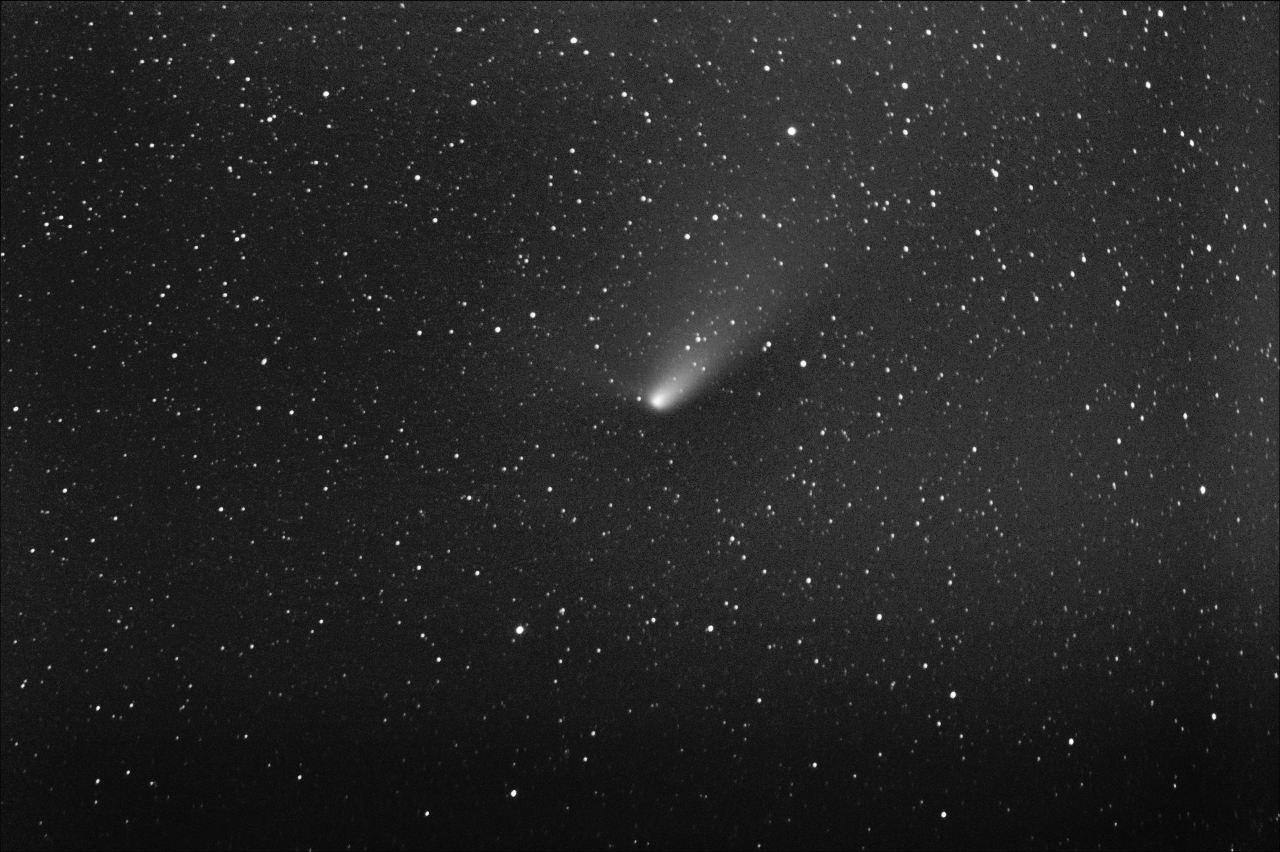 |
Comet Panstarrs on April 14th 2013.
Photo Credit: J D Maddy |
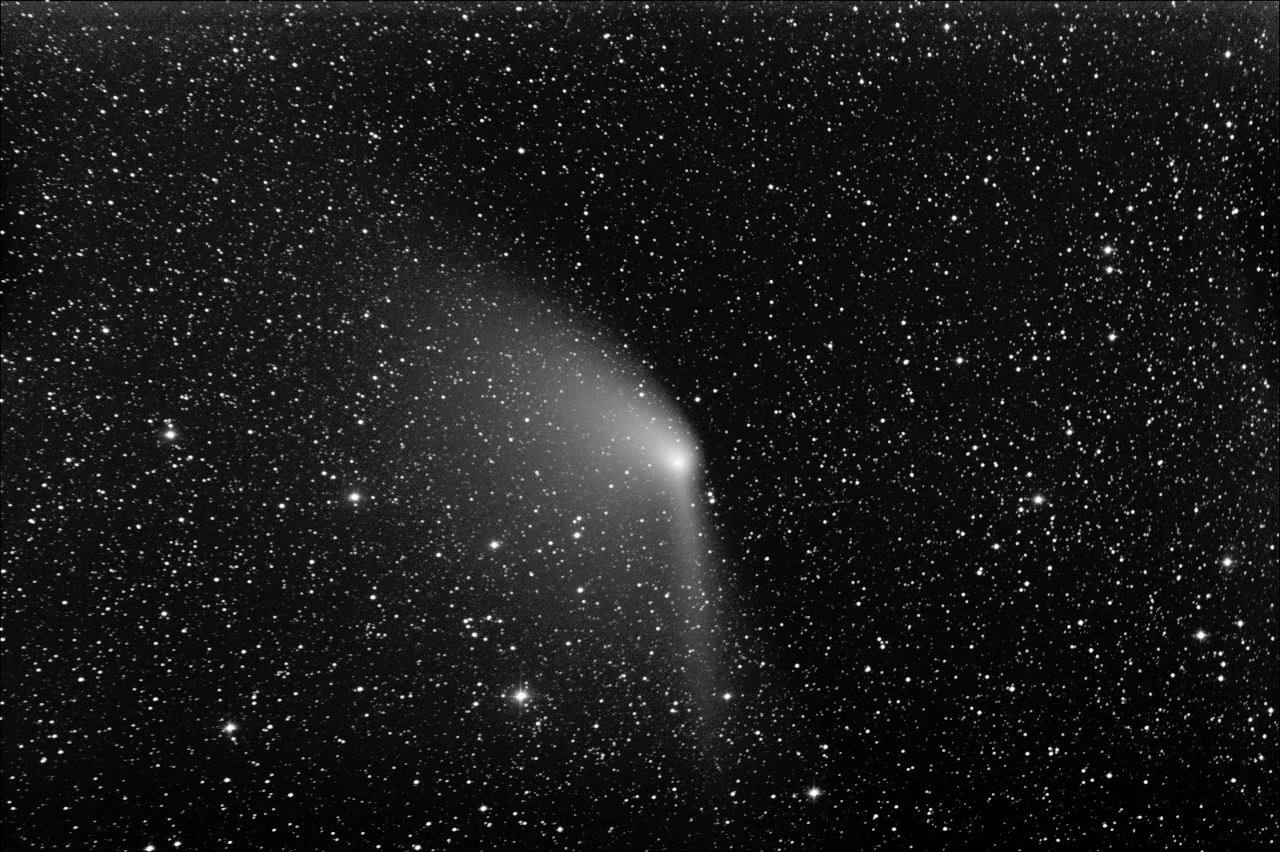 |
Comet Panstarrs seems to spread its wings as it heads towards
Polaris on May 8th.
Photo Credit: J D Maddy |
 |
Comet Panstarrs has really gone thru changes in May. This May
26th picture shows off its very long tail.
Photo Credit: J D Maddy |
 |
Comet Panstarrs has really gone thru changes in May. This
May 28th, 2013 picture shows its tail is still quite long.
Photo Credit: J D Maddy |
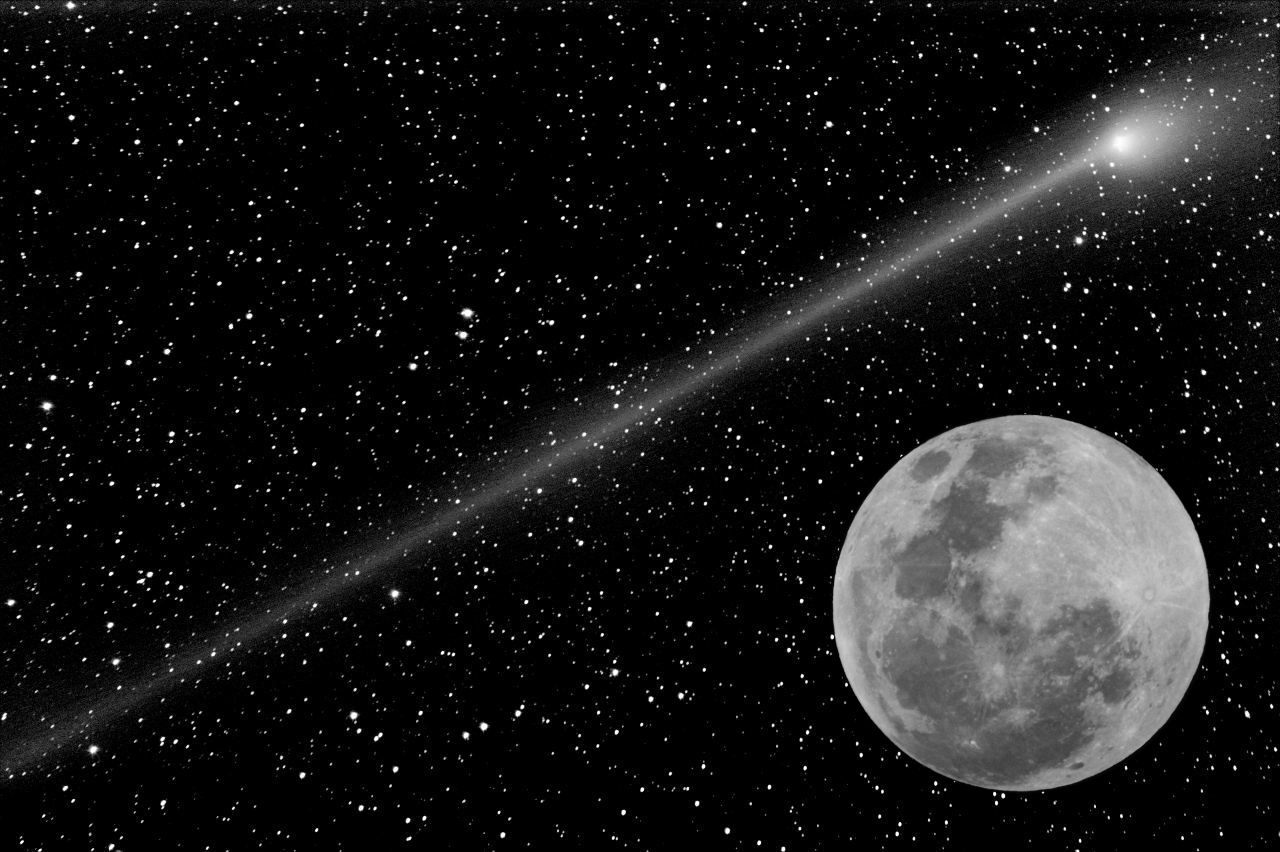 |
Comet Panstarrs is shown with the Moon pasted into the above
picture to show the size of the overall comet.
Photo Credit: J D Maddy |
 |
Comet Panstarrs begins to fade quickly as it goes into June. This
is a June 2nd picture.
Photo Credit: J D Maddy |
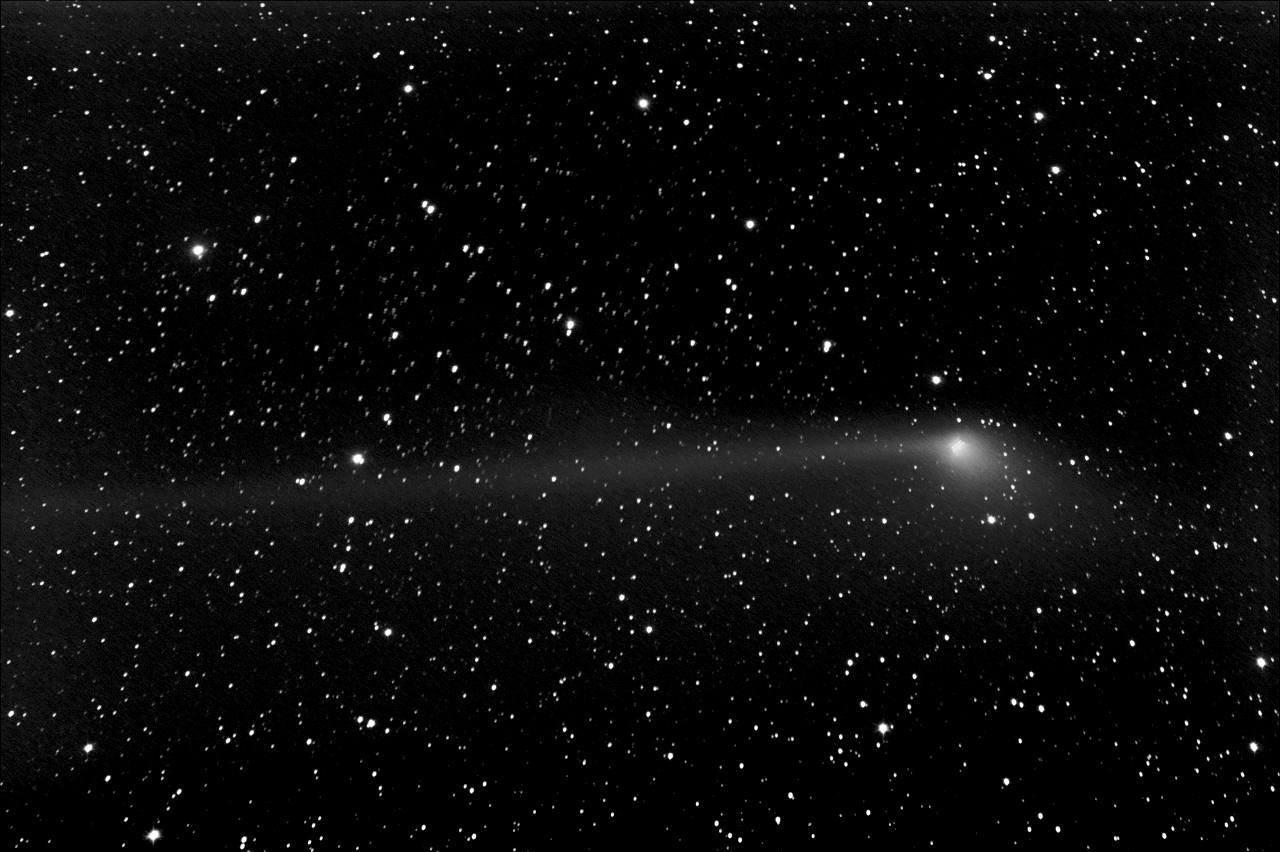 |
June 4th, 2013 picture of Comet Panstarrs.
Photo Credit: J D Maddy |
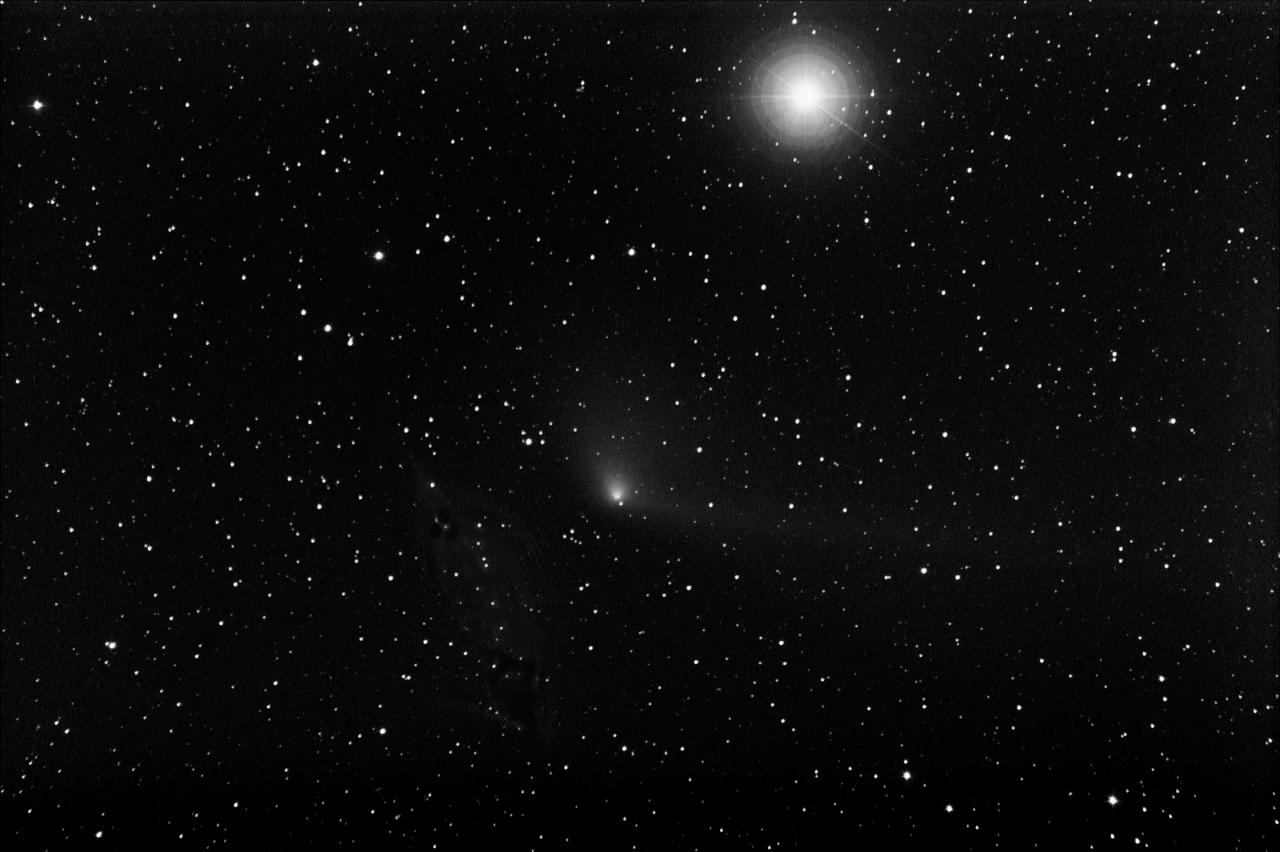 |
Comet Panstarrs passes near Kochab, the brightest star in Ursa
Minor or the Little Dipper on June 18th, 2013.
Photo Credit: J D Maddy |
 |
Comet Hergenrother 168P is promising to give astronomers a good
show as it nears Earth. It has already had an outburst as it has been passing
thru the constellation Pegasus. Looking closely at the larger picture and
several small galaxies will be seen. To see a larger version click
here. A video can be
seen on U Tube
here.
Photo Credit: J D Maddy |
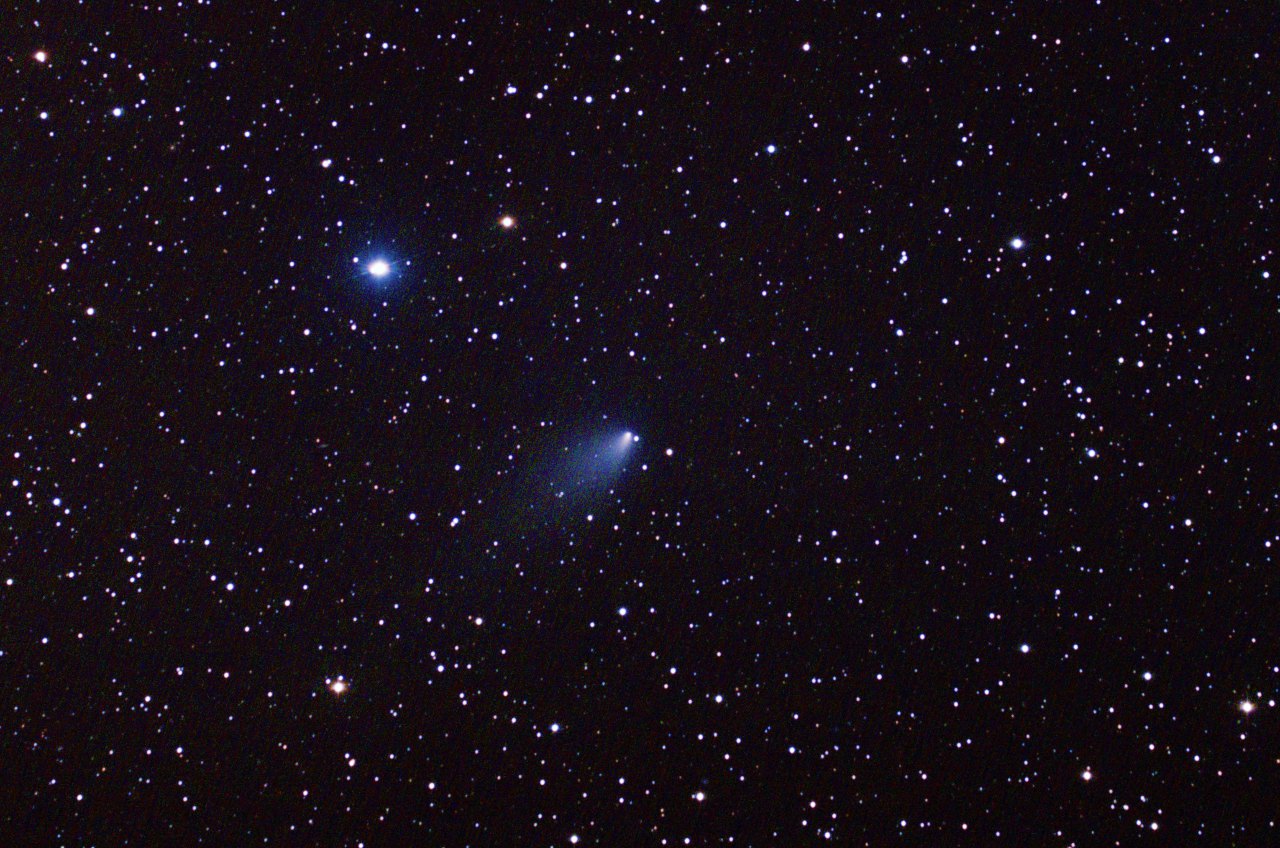 |
Although Comet
Hergenrother 168P was reported to have broken into pieces, the main comet
core is still intact and is providing nice views in November. The tail has a
fan shape now after the breakup. Click
here for a larger view.
Photo Credit: J D Maddy |
 |
Comet Garradd
2009 P1 passes another small unique galaxy on April 17th, 2012 going thru the constellation of
Camelopardalis. It's circumpolar at present and can be seen after sun set.
PGC29624 is to the upper right of the comet.
Photo Credit: J D Maddy |
 |
Comet Garradd
2009 P1 is still at it on March 20th, 2012 going thru the constellation of
Draco. It's circumpolar at present and can be seen after sun set. A small
galaxy PGC 32321 is to the left of the comet.
Photo Credit: J D Maddy |
 |
Comet Garradd
2009 P1 passes Caldwell 3 also known as NGC4236, a small galaxy in the
constellation Draco. This near pass occurred on March 13th, 2012.
Photo Credit: J D Maddy |
 |
Comet Garradd
2009 P1 is still at it on February 1st, 2012 going thru the constellation of
Hercules. It's a early morning object at present with this picture taken at
4AM. The tail has the appearance of a boomerang as it passes Messier object
M92, a globular cluster.
Photo Credit: J D Maddy |
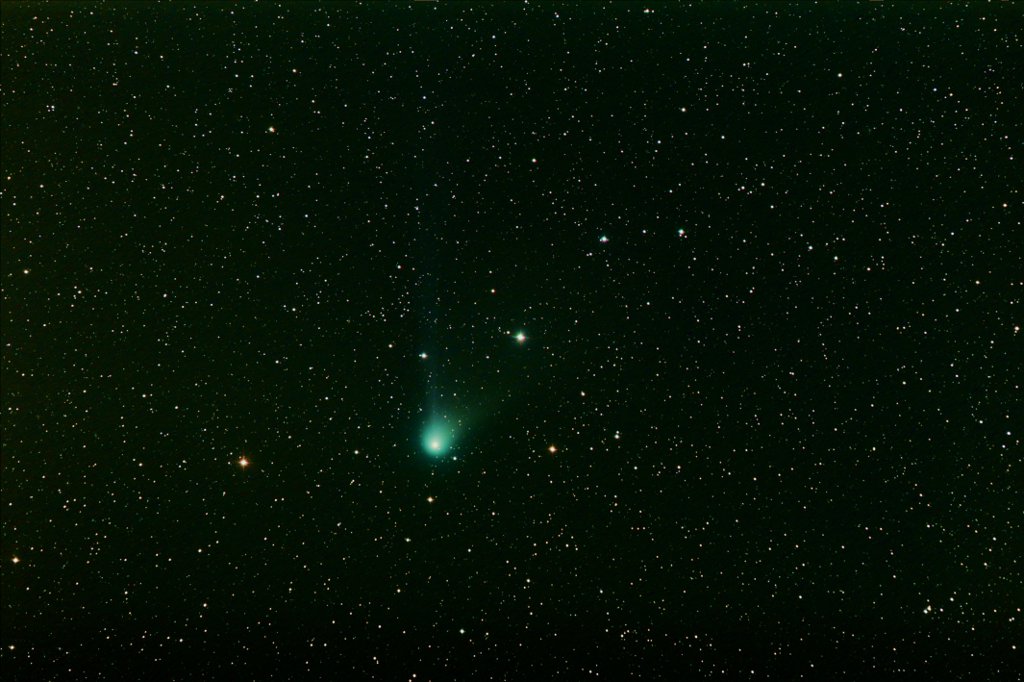 |
Comet Garradd
2009 P1 is still at it on November 14th, 2011. It is closing in on the Sun
and starting to show some a bit of a fan tail.
Photo Credit: J D Maddy |
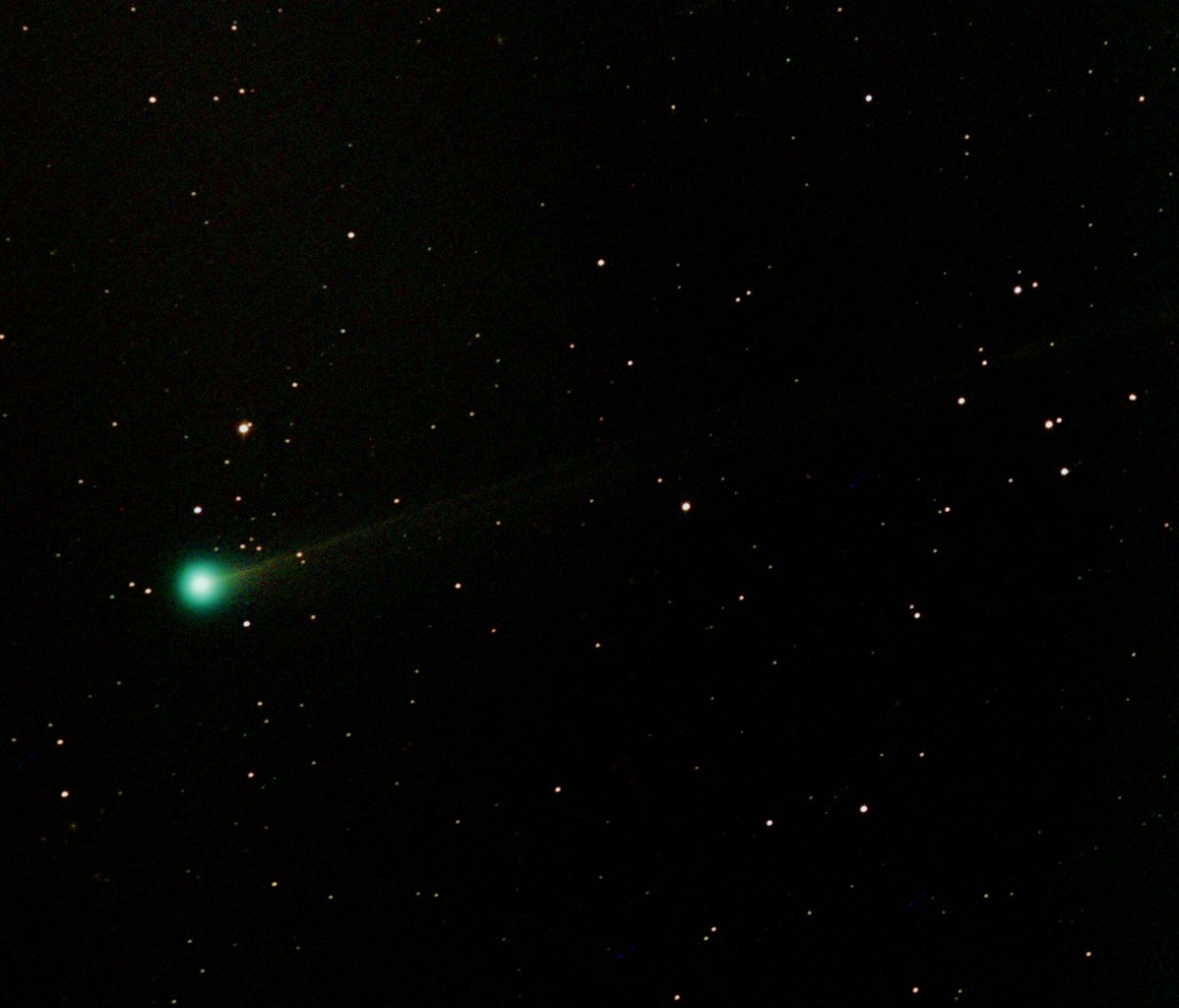 |
Comet Honda
Mrosk Pajdusakova in the early morning the 1st of October, 2011.
Photo Credit: J D Maddy |
 |
Comet Garradd
2009/P1 approaches the Coat Hanger Cluster on Sept 1st, 2011.
Photo Credit: J D Maddy |
 |
Comet Garradd
2009/P1 makes a close pass to Messier 15 on August 1st, 2011.
Photo Credit: J D Maddy |
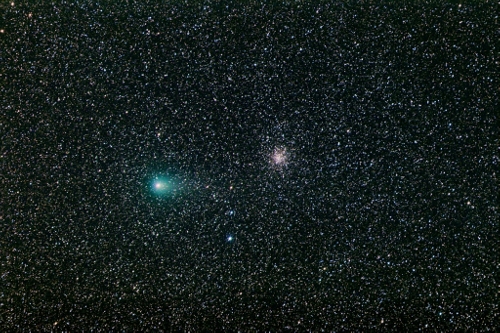 |
Comet Garradd
2009/P1 passes by Messier 71 on its route thru the solar system.
Photo Credit: J D Maddy |
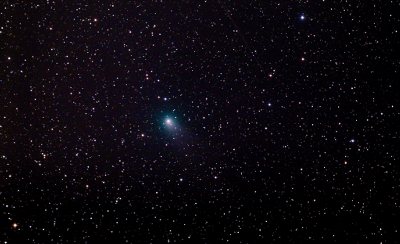 |
Comet Garradd
P1 is the small green blob but, may become naked eye visible in late August
or September, 2011. This picture was taken in July.
Photo Credit: J D Maddy |
 |
Comet Garradd
P1 the first week of August, 2011 is starting to grow in size and sport a
tail visually.
Photo Credit: J D Maddy |
 |
Comet Hartley
2 103P is the small green blob between M46 and M47. The haze is from a
slight cloud layer obscuring the skies.
Photo Credit: J D Maddy |
 |
Comet Hartley
2 103P approaches the Double Cluster in Perseus.
Photo Credit: J D Maddy |
 |
Comet Hartley
2 103P is the green blob between M46 and M47. A small planetary
nebula, NGC2438 can be seen in front of M46 on the right.
Photo Credit: J D Maddy |
 |
Even the
Pacman Nebula was not safe from Comet Hartley 2 103.
Photo Credit: J D Maddy |
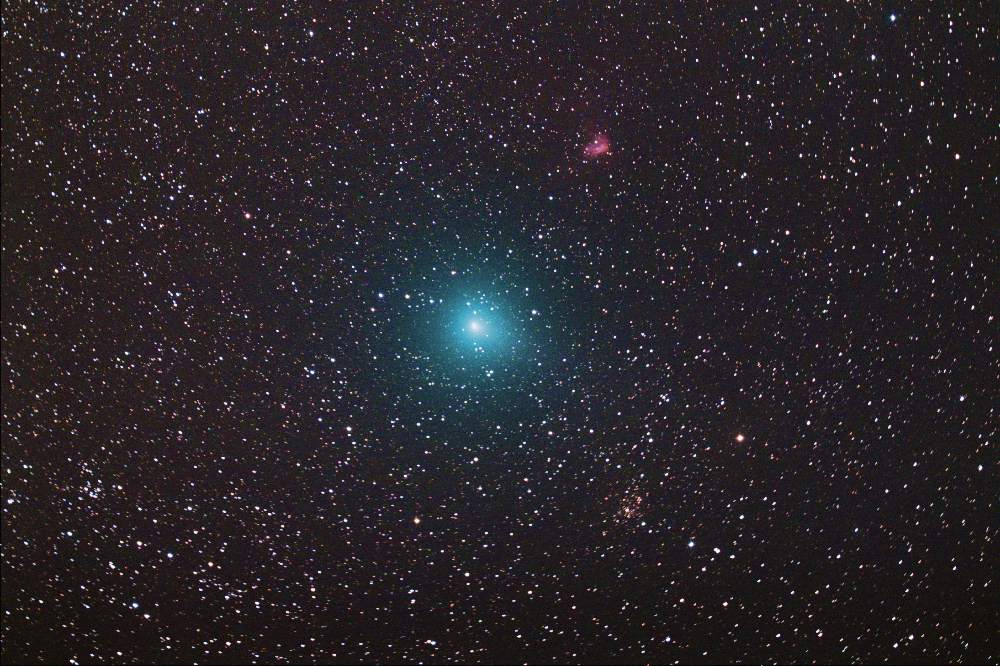 |
Comet Hartley
2 103P flies past the small nebula NGC 1491 in Perseus.
Photo Credit: J D Maddy |
 |
Comet Hartley
2 103P flies past the Double Cluster in Perseus. Click the thumbnail for the
original size.
Photo Credit: J D Maddy |
 |
Comet Hartley
2 103P flies past the Owl or ET Cluster in Cassiopeia. Click the thumbnail
for the original size.
Photo Credit: J D Maddy |
 |
Comet Hartley
2 103P heads towards the Double Cluster in Perseus.
Photo Credit: J D Maddy |
 |
Comet Hartley
2 103P as it approaches Eta Persei.
Photo Credit: J D Maddy |
 |
Comet McNaught
R1 flies by a small galaxy NGC 891.
Photo Credit: J D Maddy |
 |
Comet McNaught
R1 is located in an area chocked full of small galaxies. Click on the
picture to display full size and see each galaxy circled in green.
Photo Credit: J D Maddy |
 |
Comet Holmes
7P put on quite a show in 2007. After apparently striking an asteroid, it
grew in brightness nearly 1 million times.
Photo Credit: J D Maddy |
 |
Doug Ostroski
took this picture of Comet Hyakutake |
 |
Back in the
Old Days, Doug Ostroski used a film camera to capture this comet.
Comet Hale Bopp. The telescope that discovered it was built and owned by our
own member Jim Stevens. |